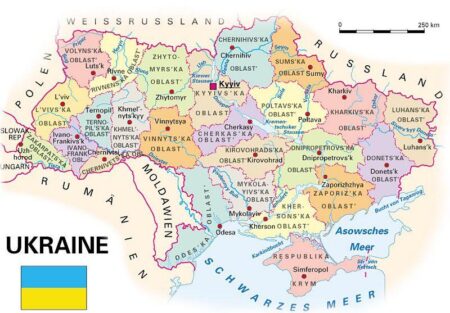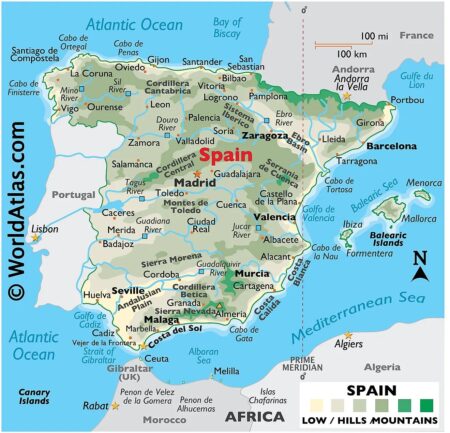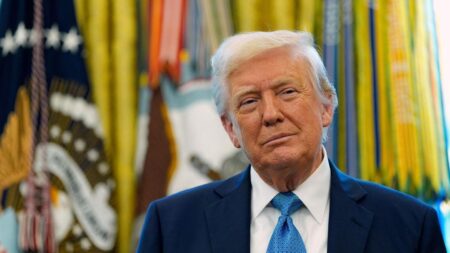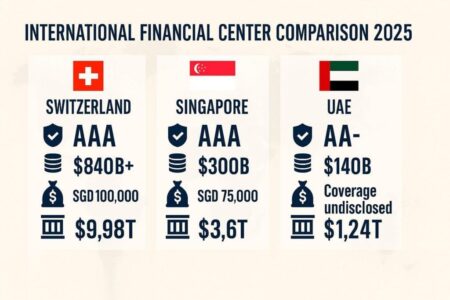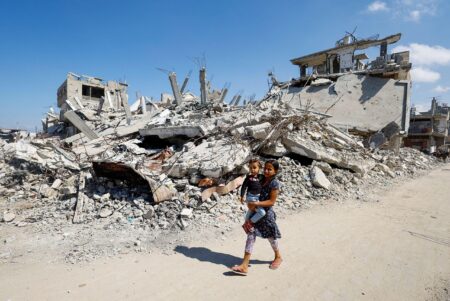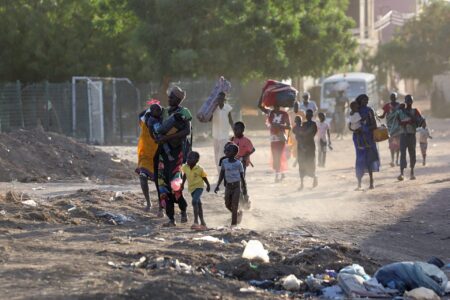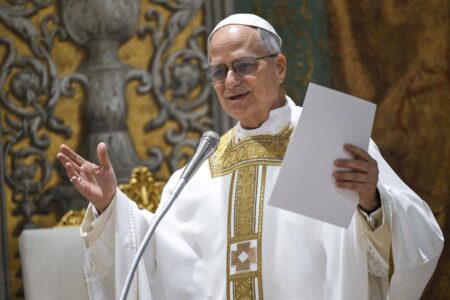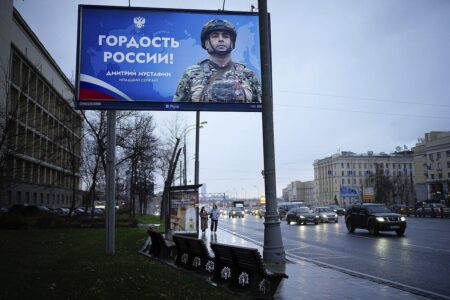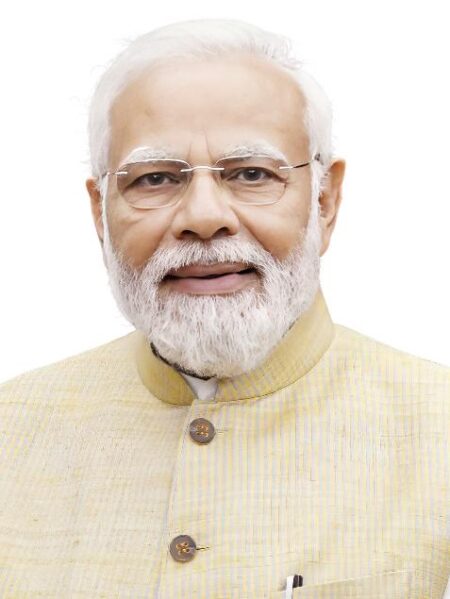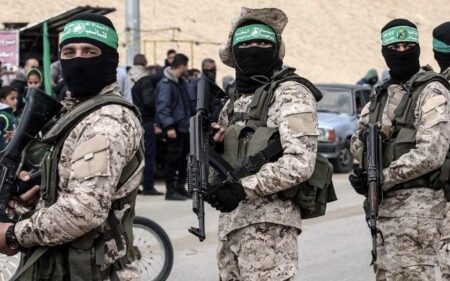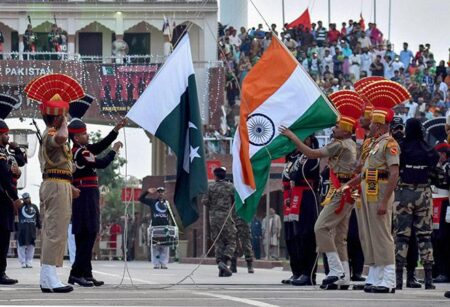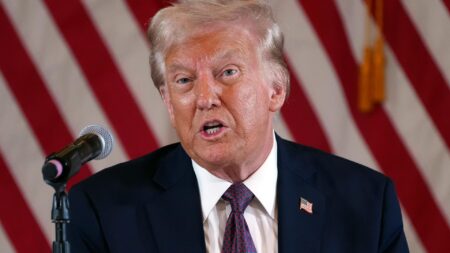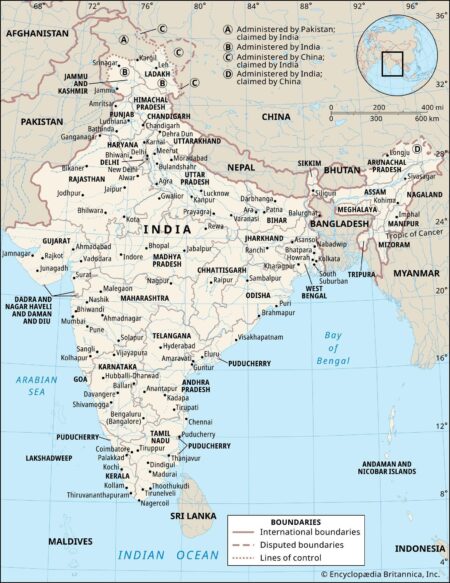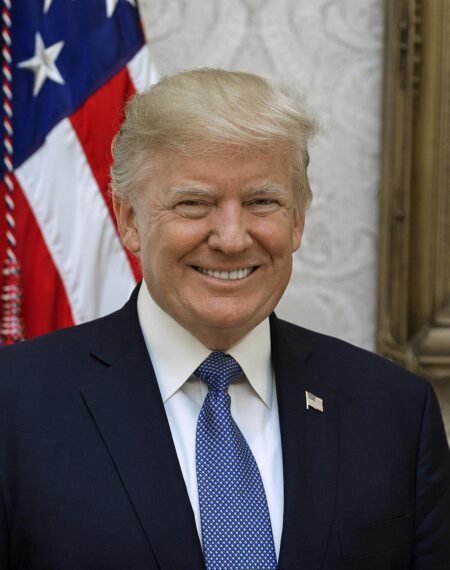Ukraine has once again urged Russia to reveal its peace terms, demanding full transparency as the conflict continues, reports French media outlet France 24. Kyiv emphasizes that clear and open conditions are essential to move negotiations forward
Browsing: conflict resolution
Spain has brought together a pivotal gathering of European and Arab nations to explore innovative pathways toward a two-state solution for the Israel-Palestine conflict. These crucial talks are designed to ignite dialogue and collaboration, paving the way for enduring peace in the region.
Germany’s Chancellor has made a groundbreaking announcement: the removal of restrictions on weapons ranges for Ukraine. This decisive action comes at a time of heightened tensions and looming Russian nuclear threats, showcasing Germany’s unwavering commitment to bolstering Ukraine’s defense and security
In a bold move towards fostering peace in the region, France is poised to officially recognize Palestine as a state this June. This significant initiative marks a pivotal shift in diplomatic strategy and has the potential to reshape international conversations on the matter.
In a bold statement, former President Donald Trump proposed that a substantial prisoner exchange between Russia and Ukraine might just be the key to unlocking a major diplomatic breakthrough. His comments spark intriguing questions about possible changes in the dynamics of the ongoing conflict.
Russian Foreign Minister Sergey Lavrov announced that Russia will disclose its peace terms to Ukraine following a planned prisoner exchange. This development raises questions about potential negotiations and the future of the ongoing conflict.
India is gearing up to champion international financial measures targeting Pakistan, as revealed by a reliable source. This strategic move underscores the rising tensions between the two nations, with India actively seeking global backing to tackle pressing issues related to terrorism financing.
In a powerful joint statement, leaders from the UK, France, and Canada have voiced their profound alarm over the rising tide of violence in Gaza and the West Bank. They urgently called for an immediate halt to hostilities and emphasized the need for renewed efforts to forge a lasting peace in this troubled region.
Australia must keep a vigilant eye on the escalating crisis in Sudan, as it carries significant regional and global ramifications. This conflict not only jeopardizes stability but also intensifies humanitarian needs, potentially triggering ripple effects on security and migration. It’s crucial for Australia to respond proactively and engage in this pressing situation.
In a bold statement, former President Donald Trump proposed that Pope Leo might serve as a crucial mediator in the escalating conflict between Russia and Ukraine. This intriguing notion not only sparks curiosity but also invites us to ponder the potential of religious diplomacy in shaping global politics
As Russia grapples with mounting economic pressures from its extended military campaigns, experts believe that a struggling war economy might nudge Moscow toward the negotiating table. With sanctions tightening and resources dwindling, the Kremlin may find itself increasingly motivated to pursue diplomatic solutions
Pakistan’s Prime Minister Shehbaz Sharif condemned India after a school bus attack in Balochistan left five people dead, including children. He accused India of supporting terrorism, escalating tensions between the two neighboring nations.
In the wake of India’s recent outreach to the Taliban, China has ramped up its diplomatic efforts with both Pakistan and Afghanistan. This gathering highlights the shifting regional dynamics and strategic interests at play, as countries strive to forge stronger alliances in an ever-evolving landscape of geopolitical tensions
In “Modi’s Escalation Trap,” The Atlantic delves into the delicate power dynamics shaped by India’s Prime Minister Narendra Modi. With tensions mounting alongside its neighbors, experts caution that a confrontational stance might trigger unforeseen repercussions and spark regional instability
In a bold and unexpected diplomatic shift, the UK, France, and Canada have united in a groundbreaking call for the creation of a sovereign Hamas state amidst the escalating tensions in the Middle East. This remarkable demand not only underscores evolving alliances but also sheds light on the intricate web of conflicts that define this tumultuous region.
Pakistan has once again pledged its dedication to a ceasefire with India, highlighting a strong desire for lasting peace in the region. Yet, officials have issued a clear warning: any acts of aggression will be met with a swift and decisive response. They are calling for open dialogue as the key to ensuring stability and harmony.
Former President Donald Trump has taken a surprising turn regarding the ceasefire initiative in the ongoing Russia-Ukraine conflict, now placing greater importance on alternative diplomatic strategies. This shift in focus leaves many wondering about the future role of the U.S. in facilitating negotiations.
India is keenly observing the evolving partnership between Pakistan and Bangladesh, as recent diplomatic interactions hint at a possible transformation in regional alliances. This intriguing development stirs concerns about the strategic landscape in South Asia, compelling India to reassess its foreign policy approach.
In a powerful joint statement, the UK, France, and Canada have issued a stark warning to Israel about potential “concrete actions” if the violence continues and humanitarian aid remains insufficient. These nations are calling for immediate de-escalation in light of the escalating conflict, highlighting the critical need for compassion and support during these turbulent times
Former President Donald Trump is gearing up to speak with leaders from Russia and Ukraine this Monday, following crucial diplomatic talks in Turkey. These discussions are pivotal in the quest to ease rising tensions amid the ongoing conflict, representing a landmark moment in the landscape of international relations.

